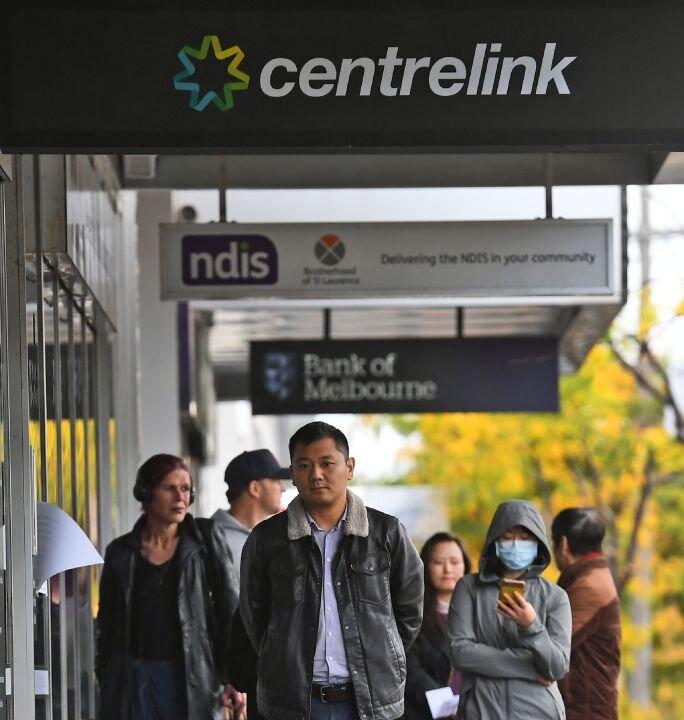A new report published on Tuesday by Deloitte Access Economics has predicted that cutting JobSeeker will shrink the size of the Australian economy which is already in recession due to social distancing measures needed to manage the spread of COVID-19.
The report (pdf), commissioned by the advocacy group Australian Council of Social Services (ACOSS), predicted that if JobSeeker is reduced to the pre-pandemic levels, spending will drop and cause a $31.3 billion reduction in the size of the economy over the next two years.




